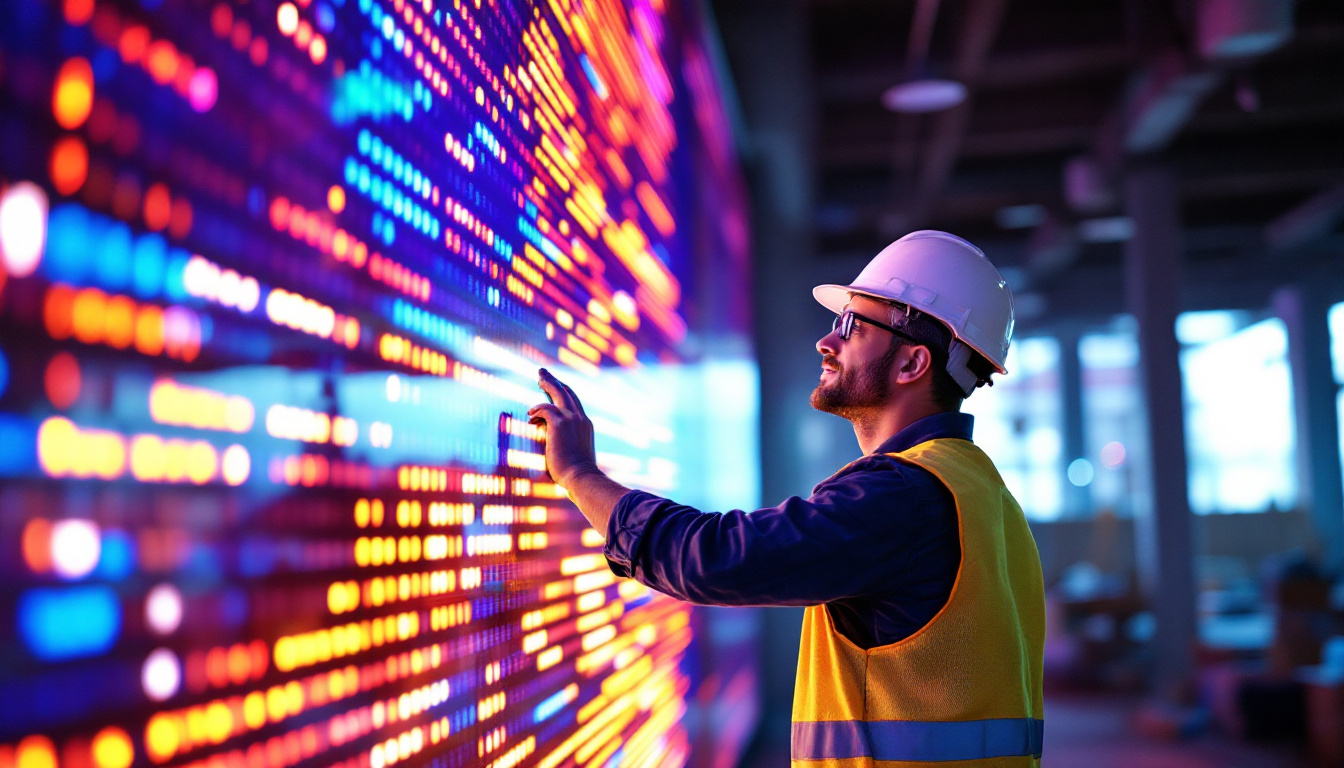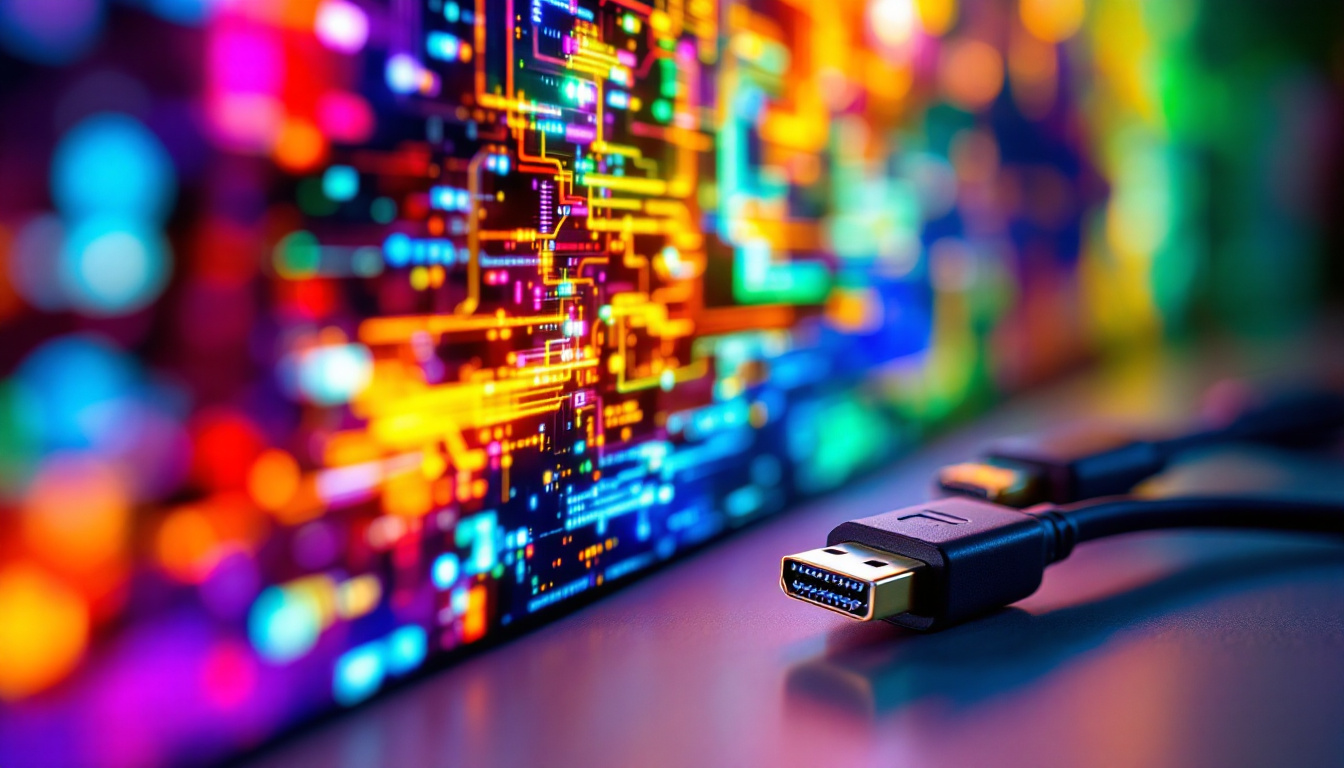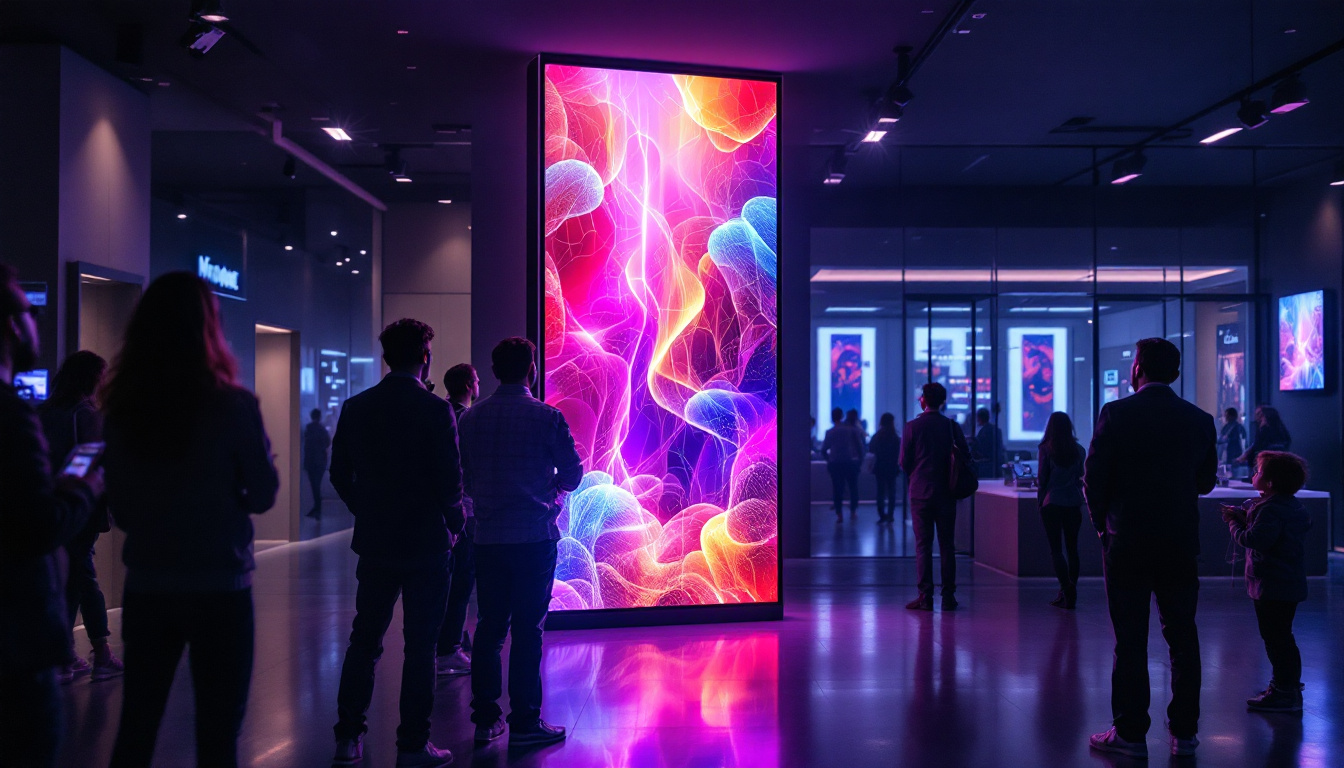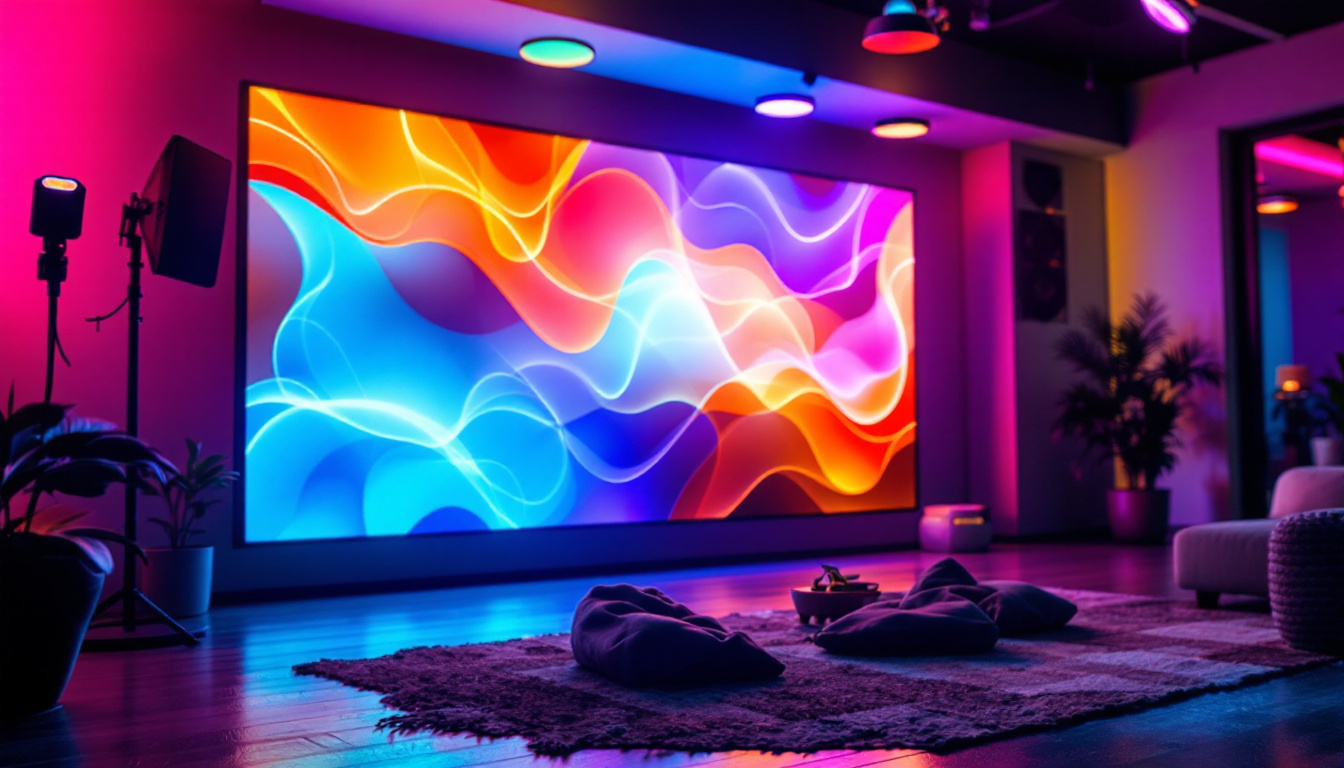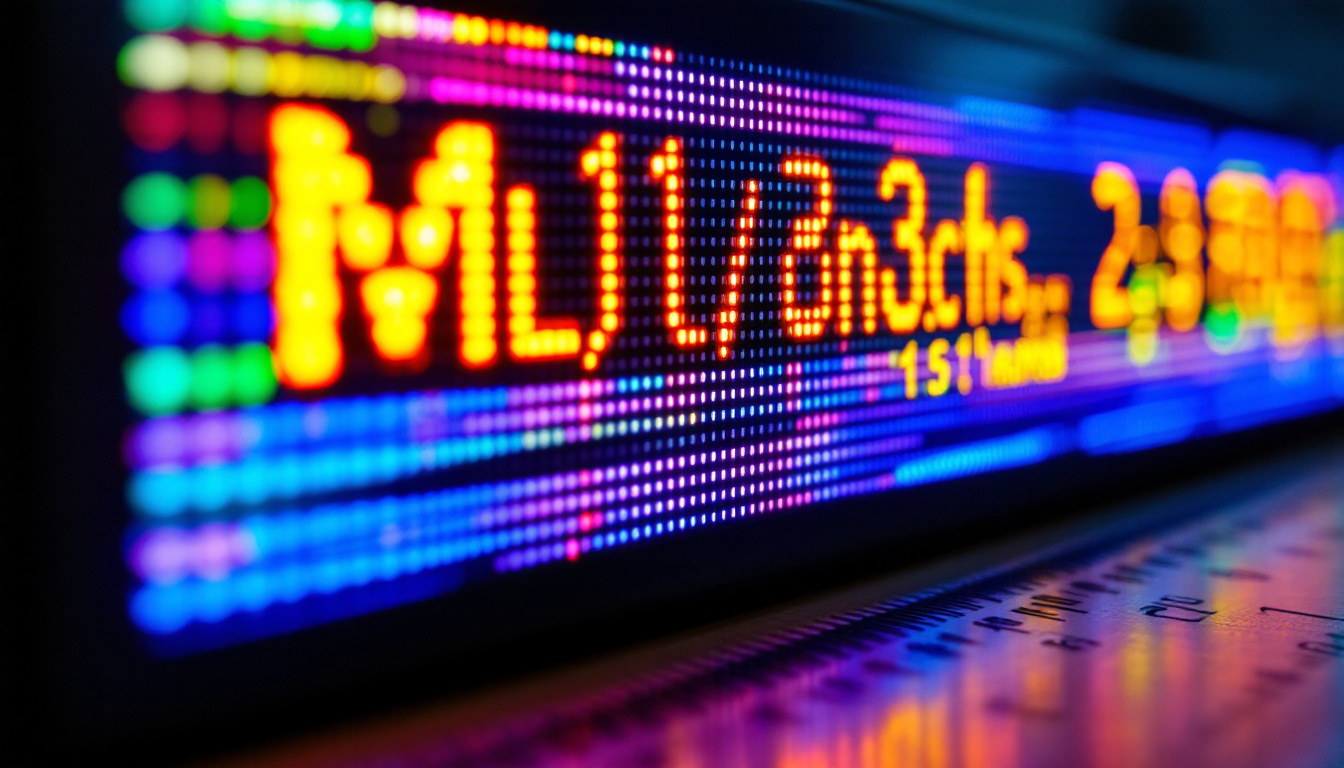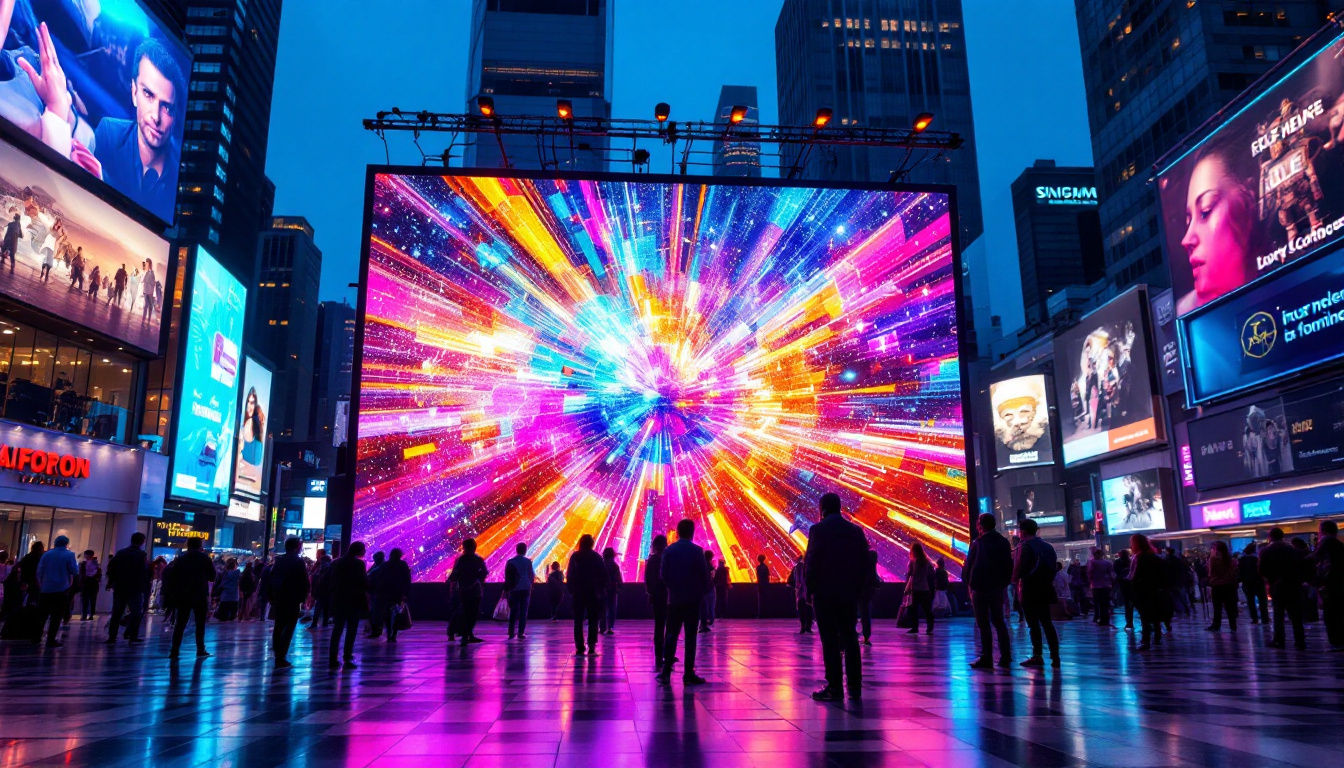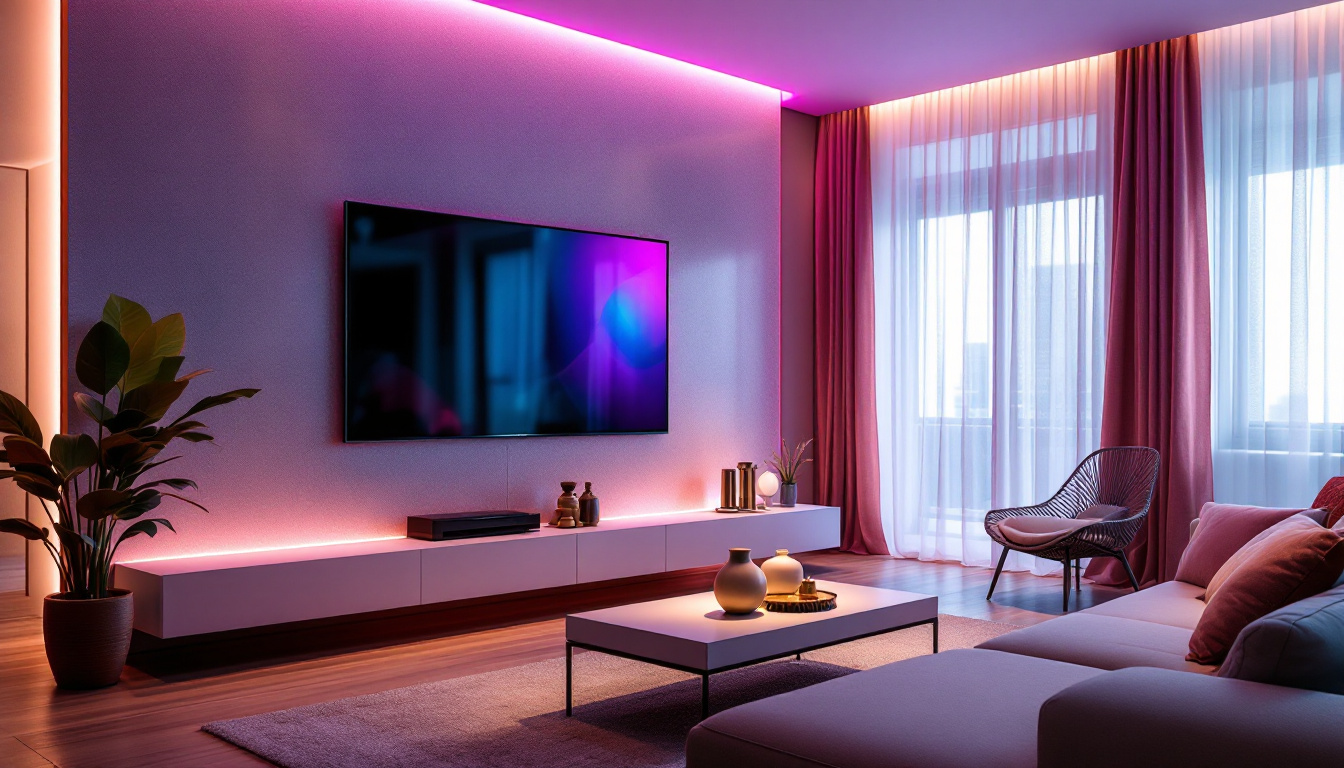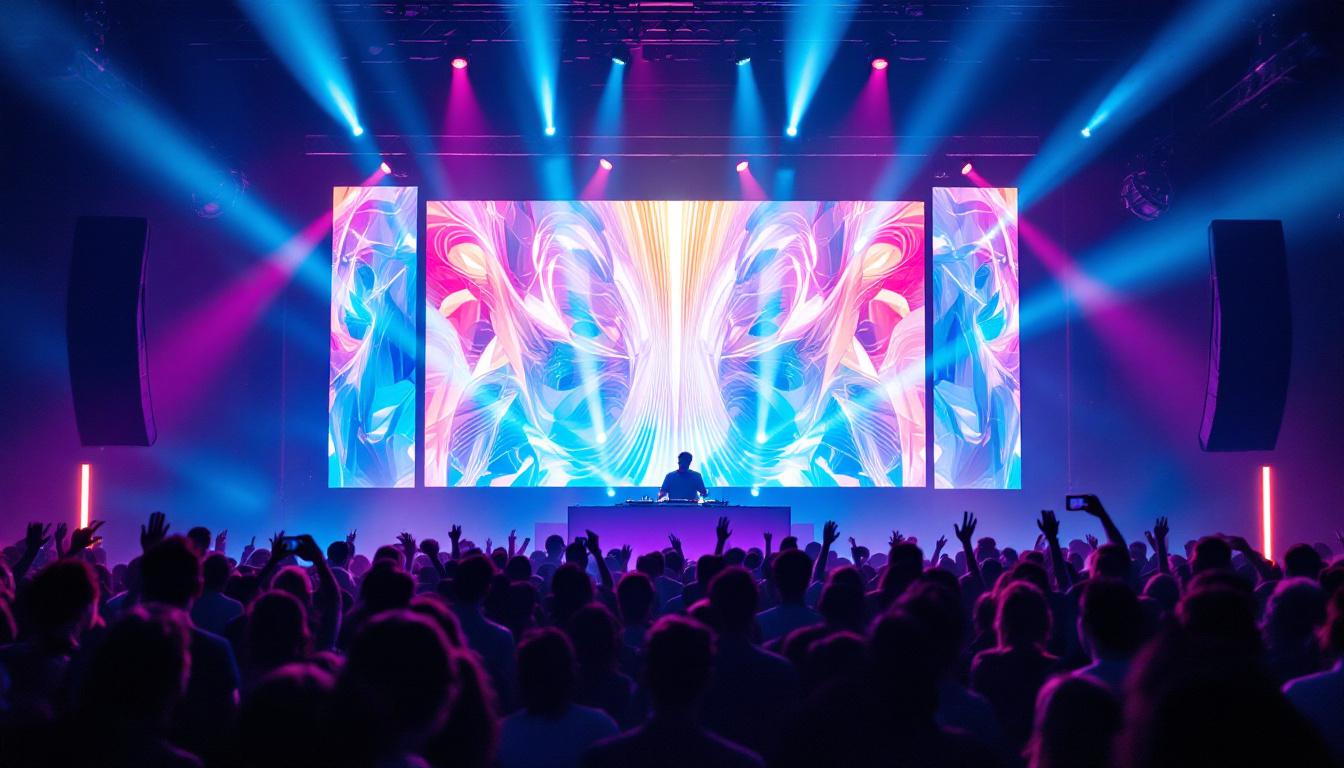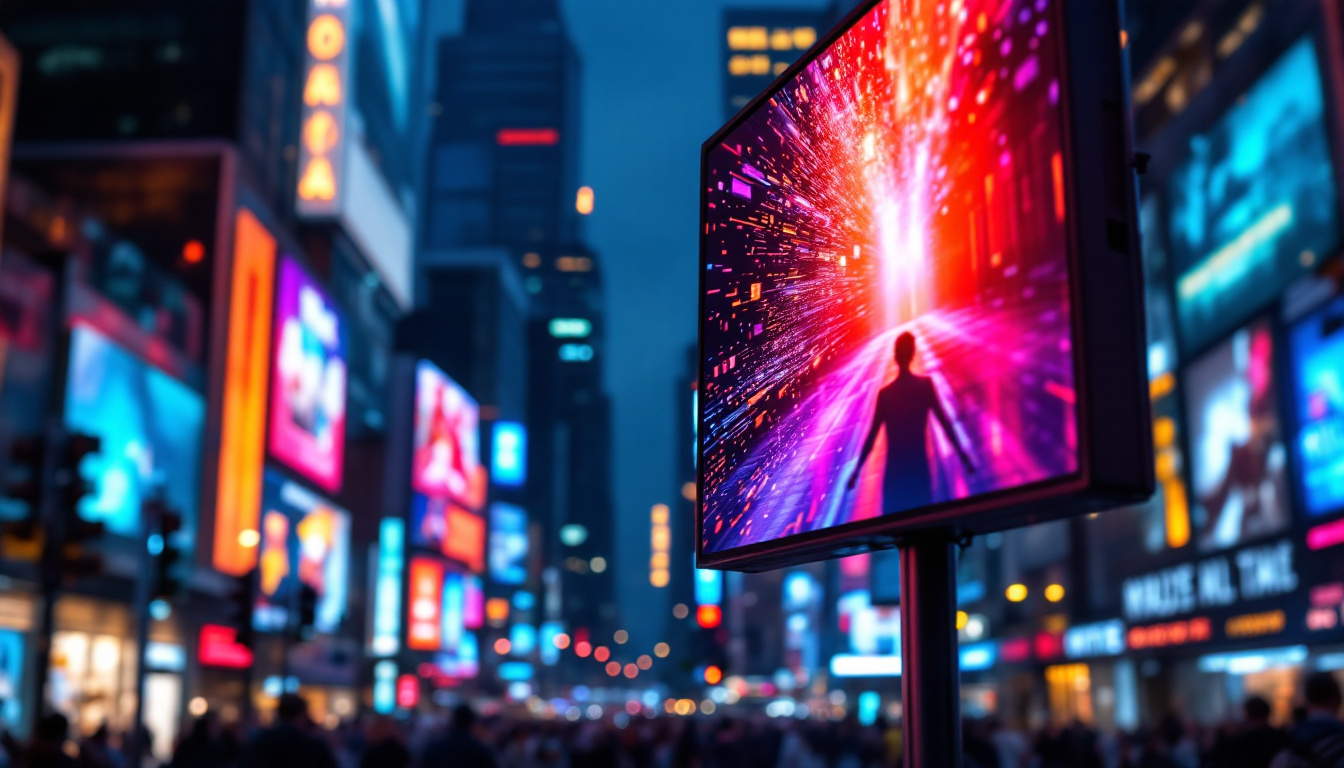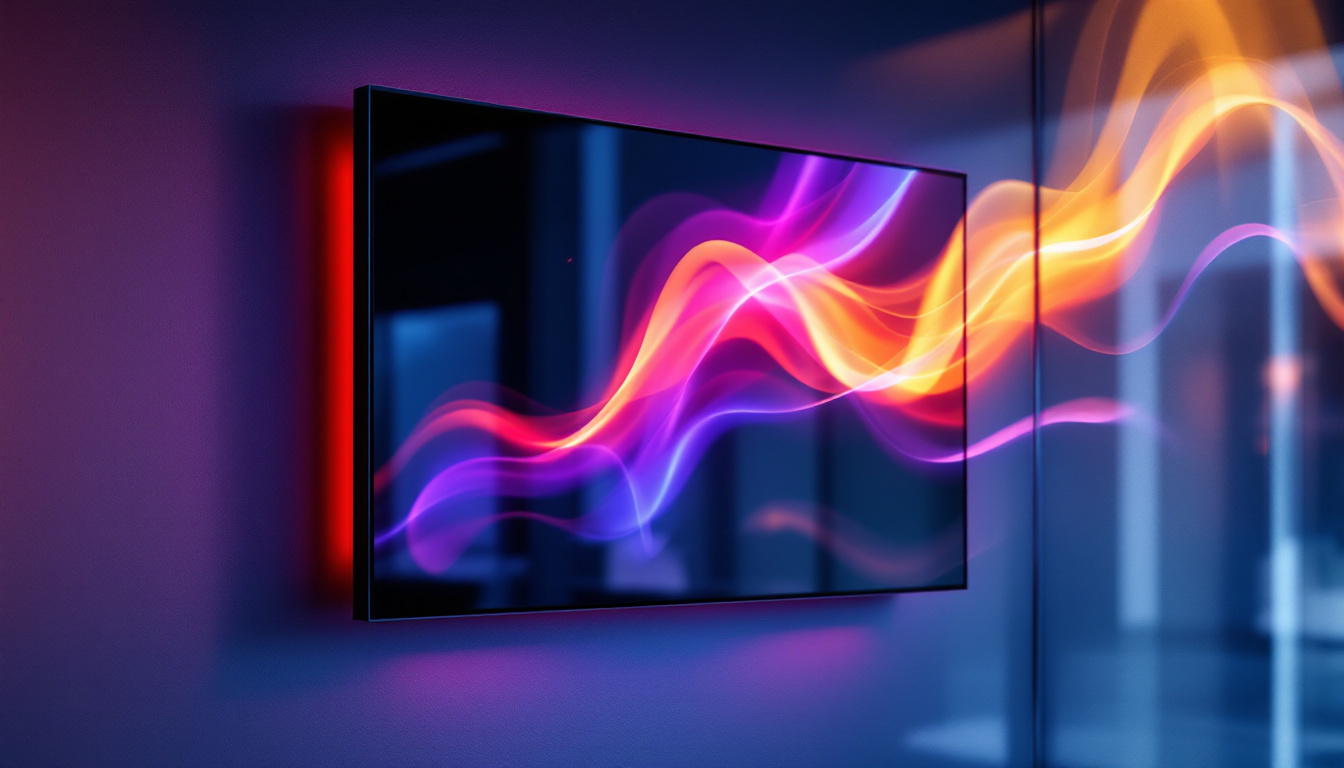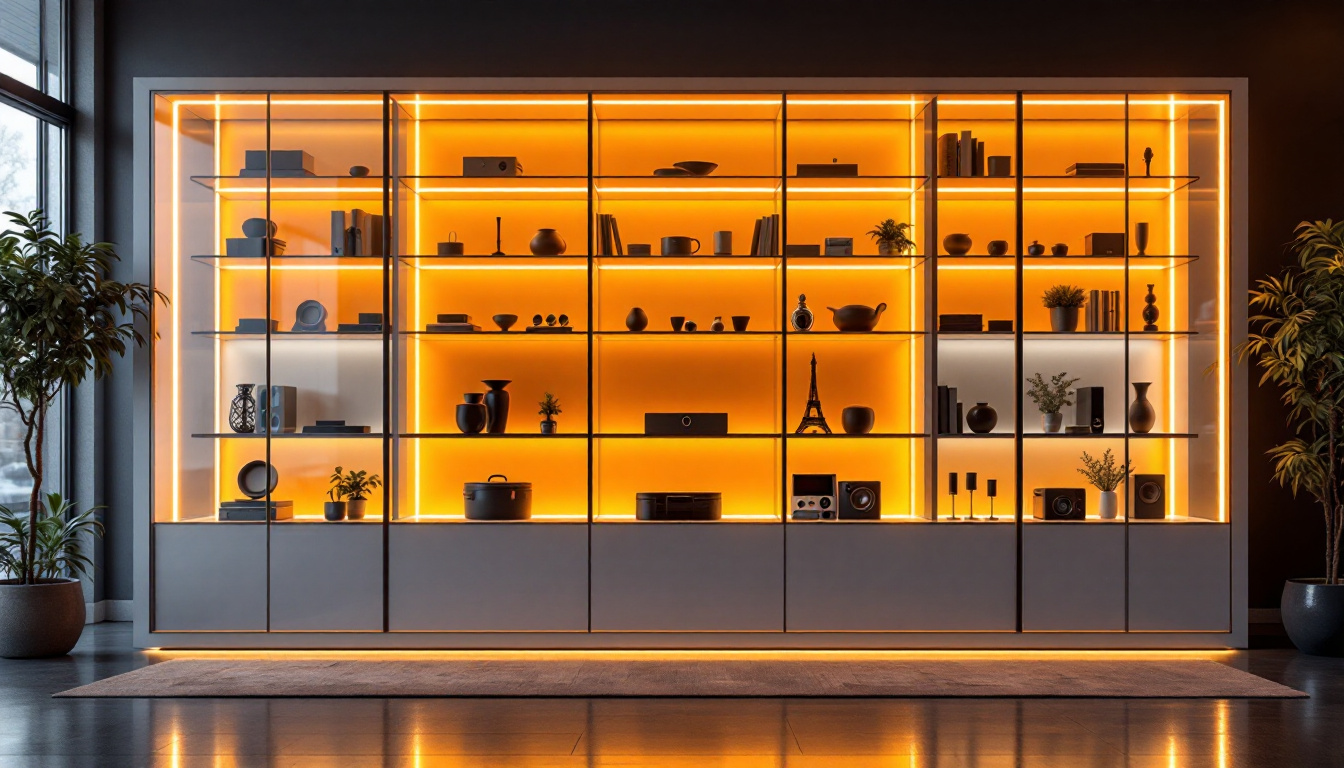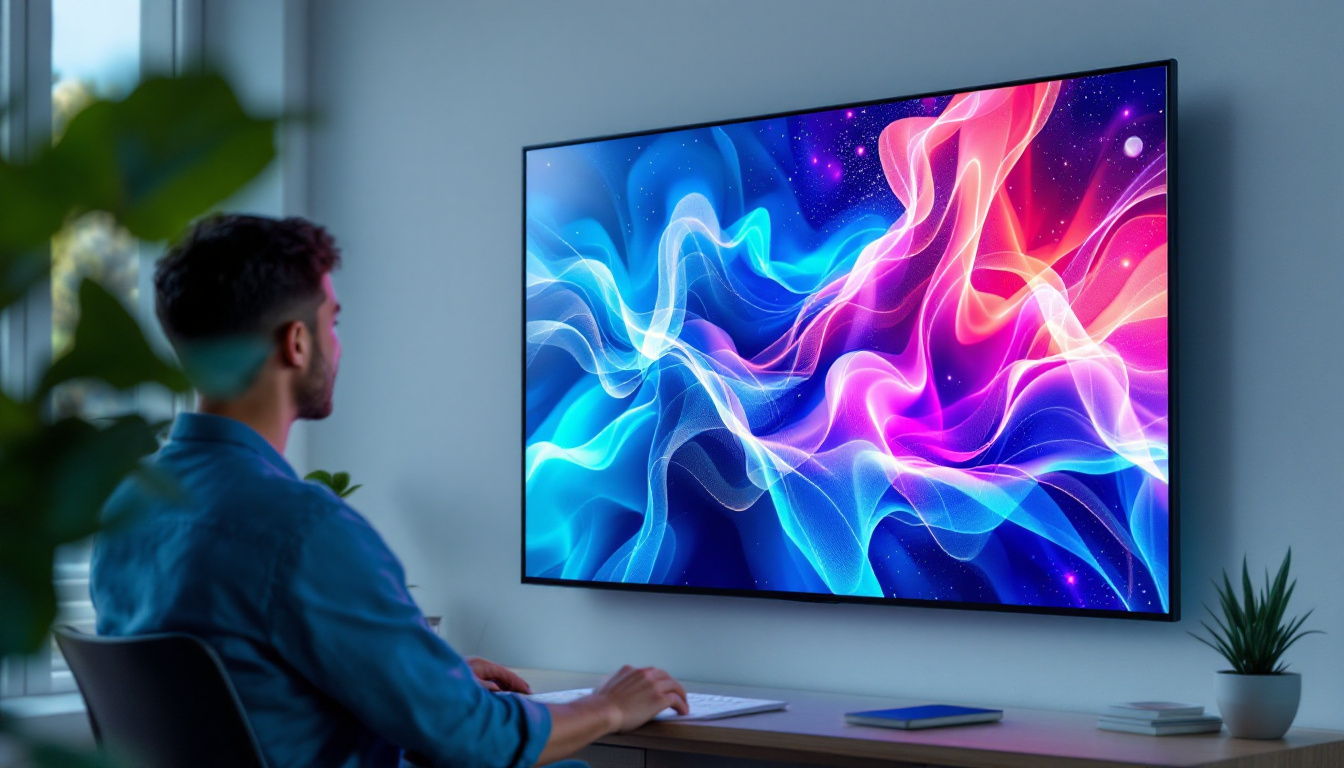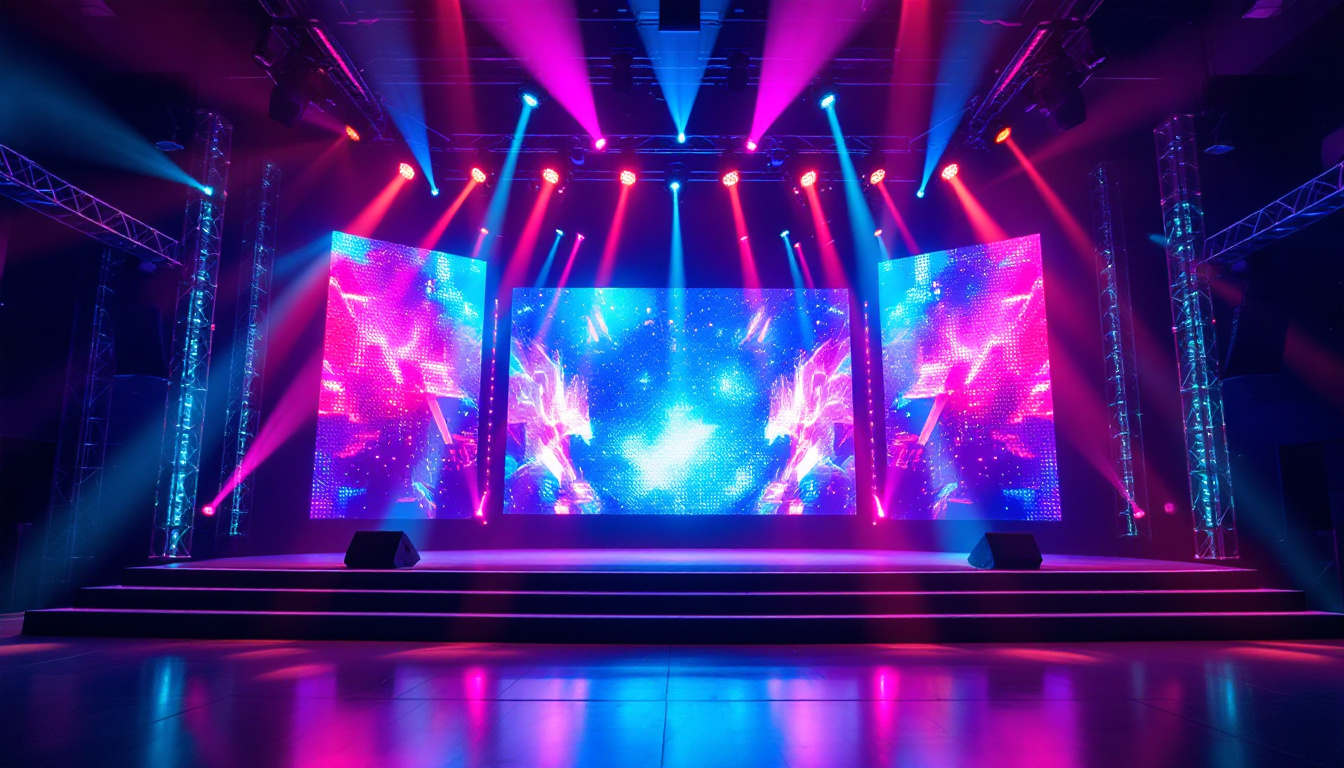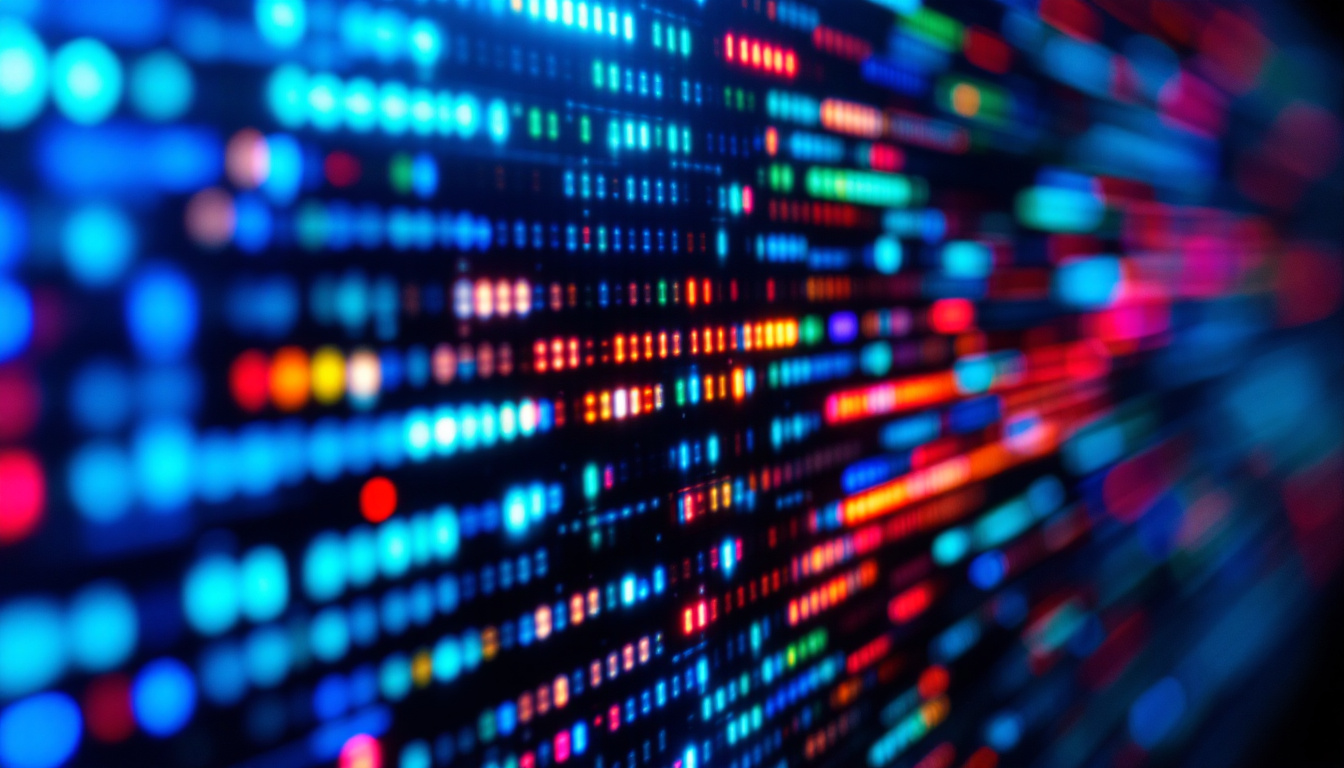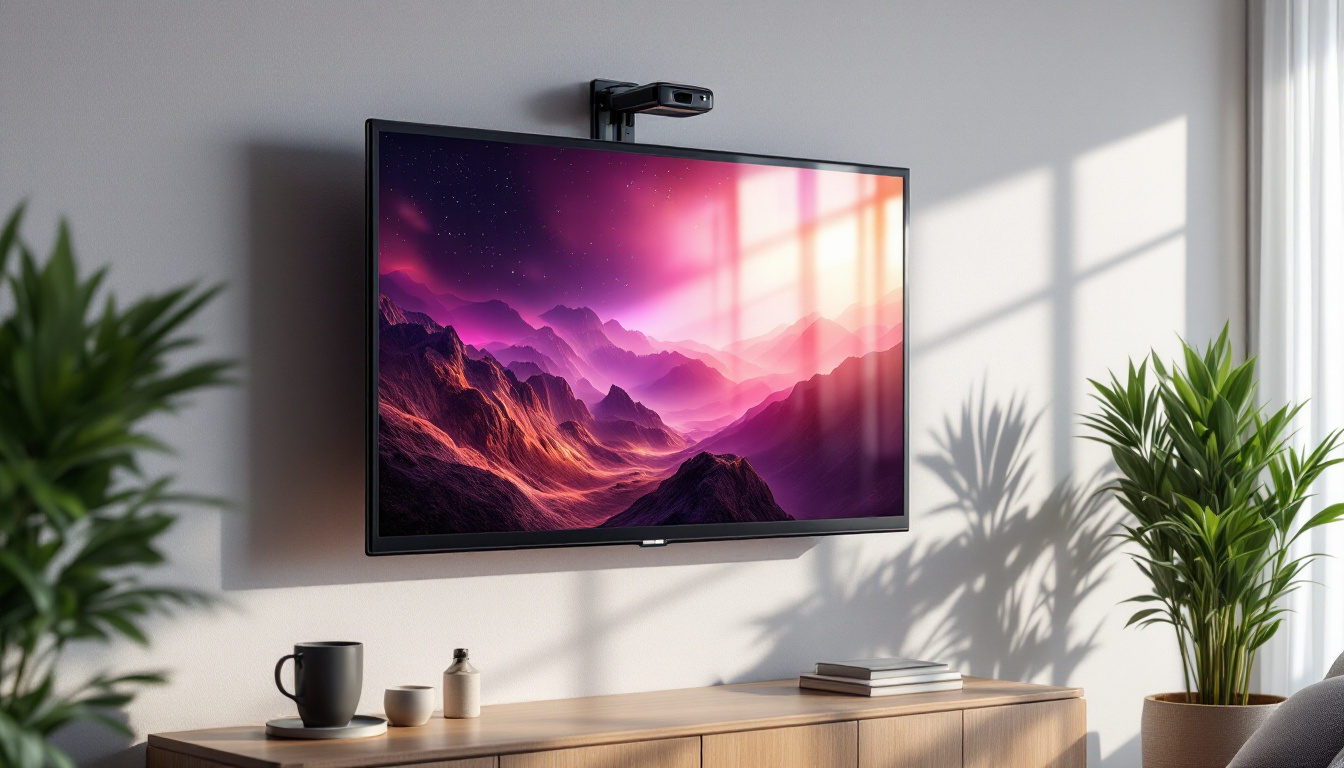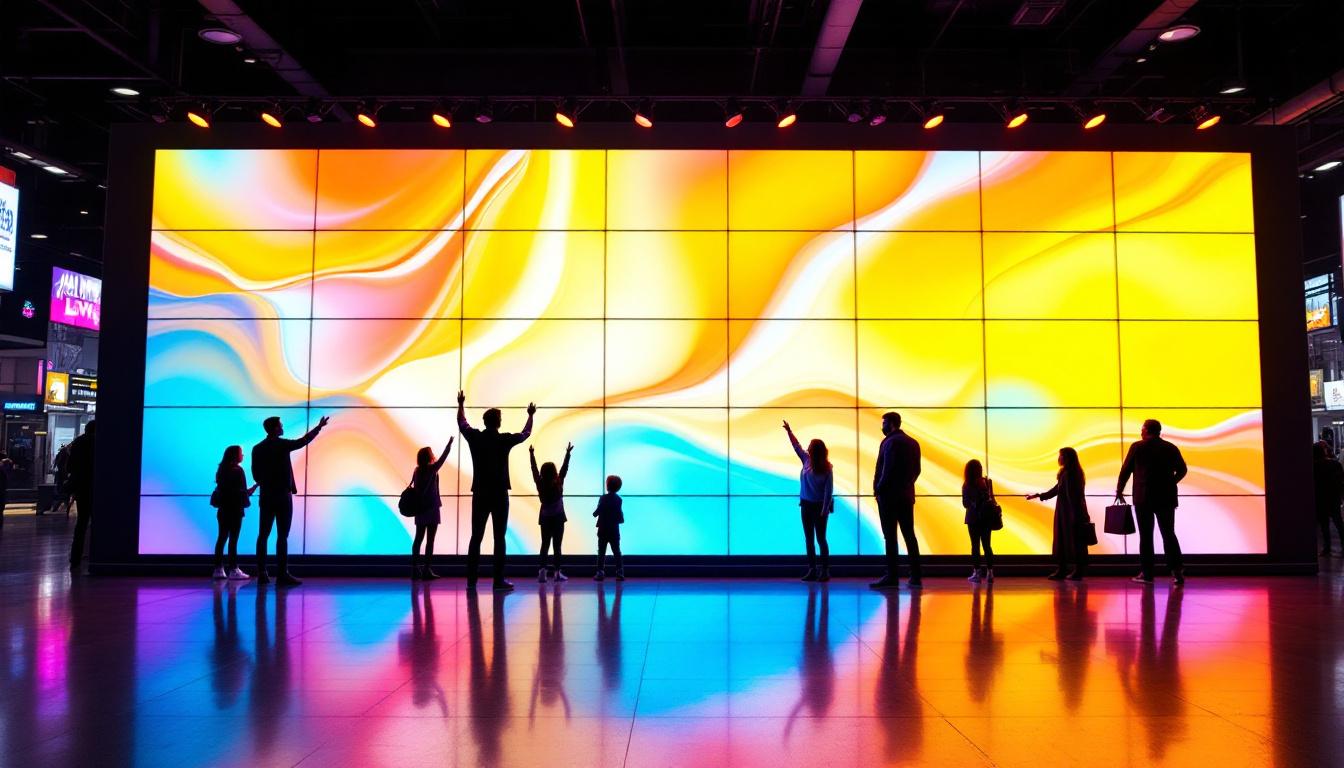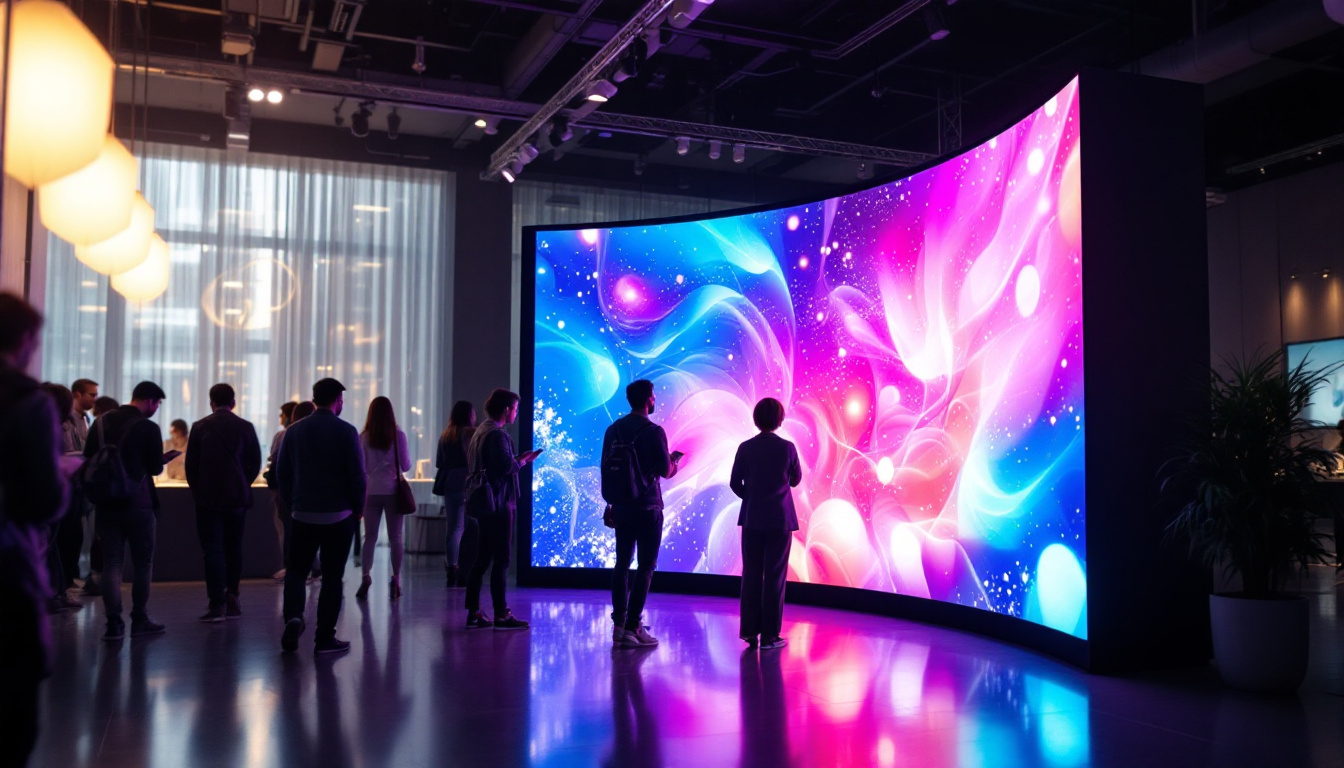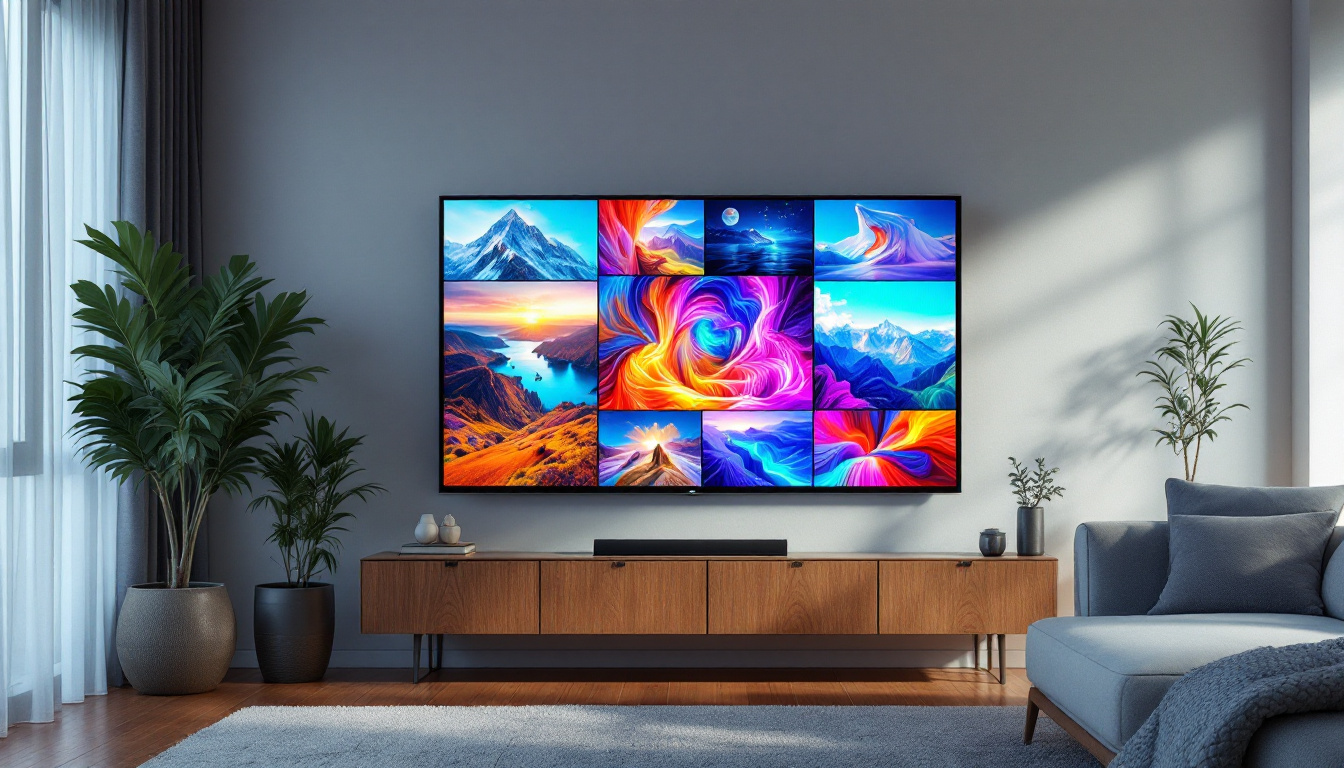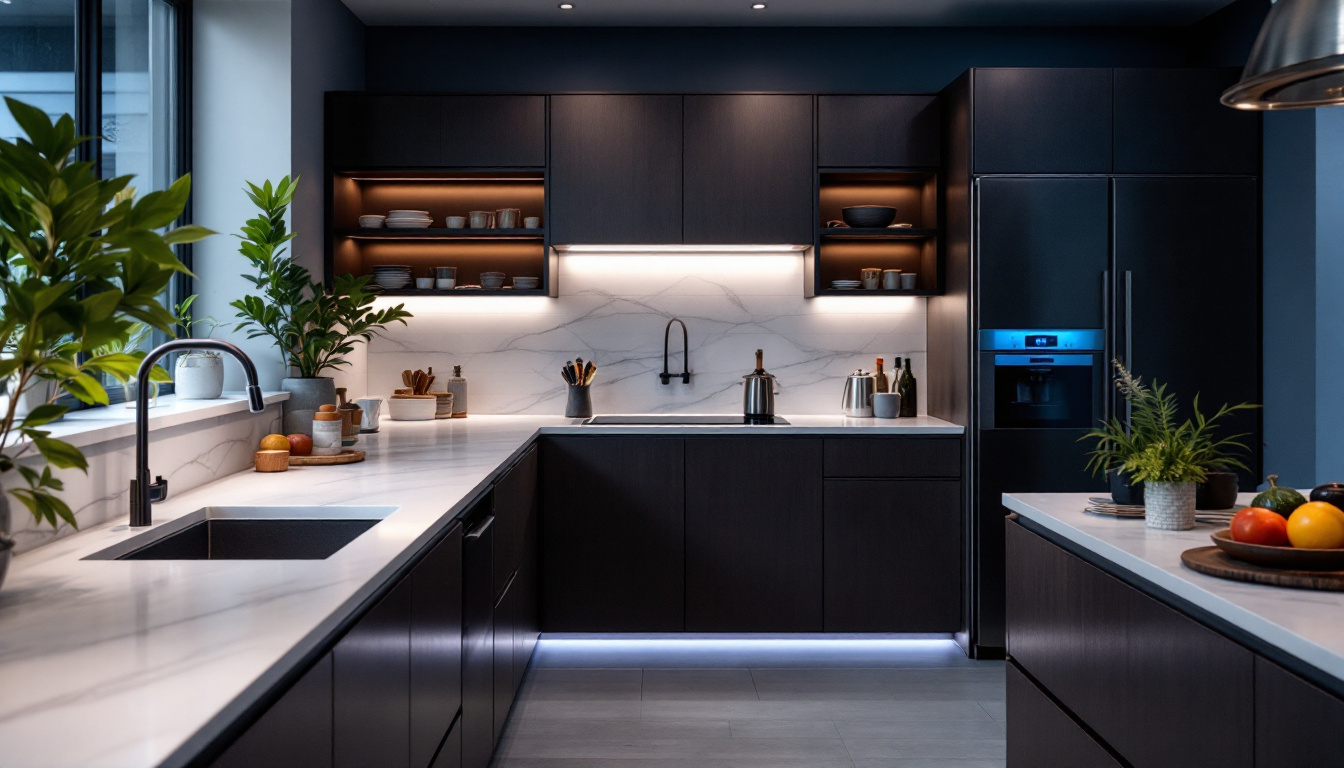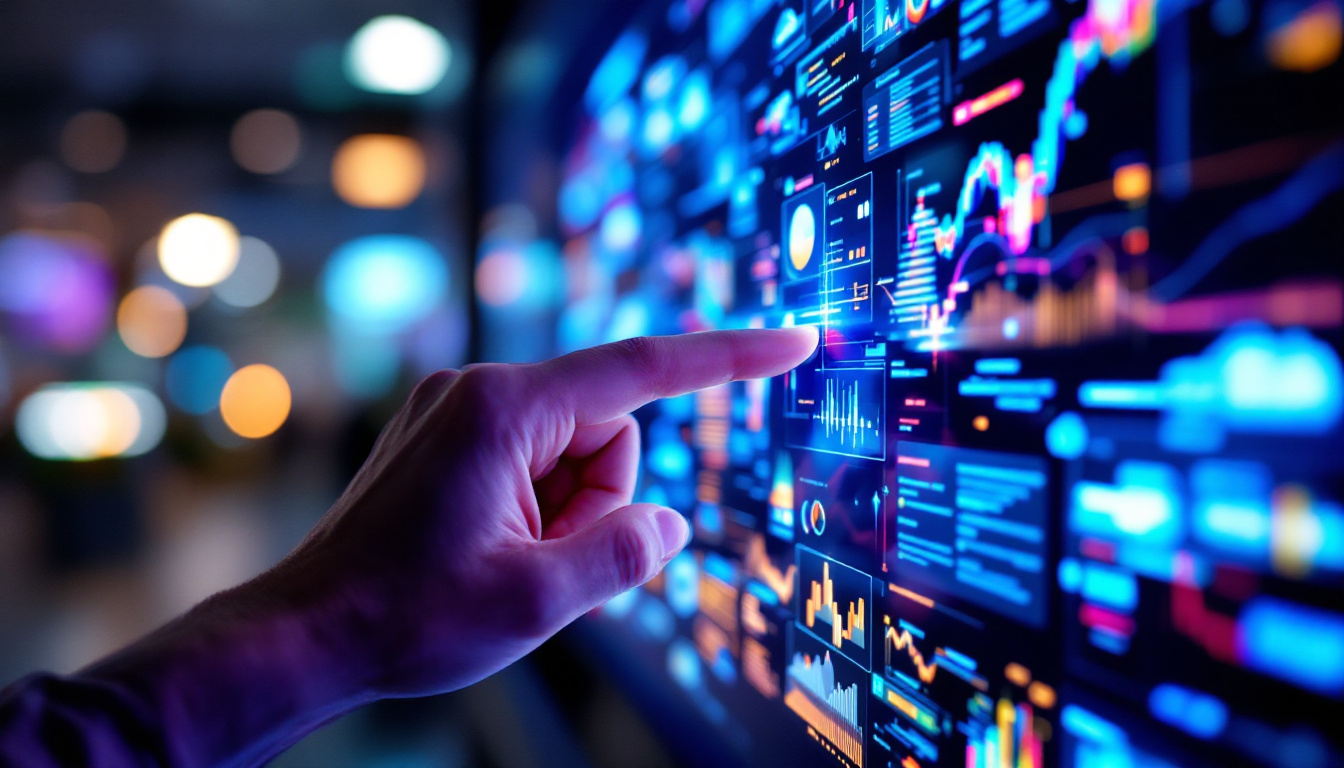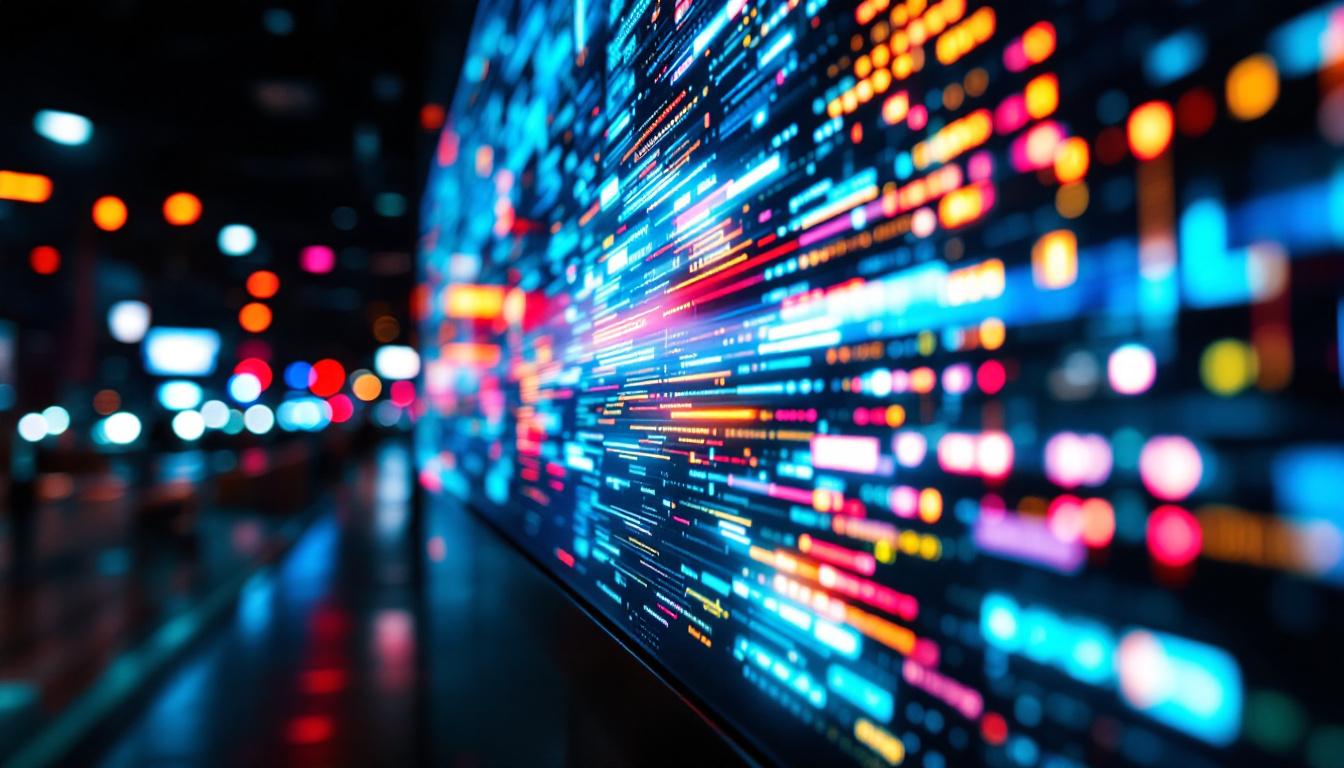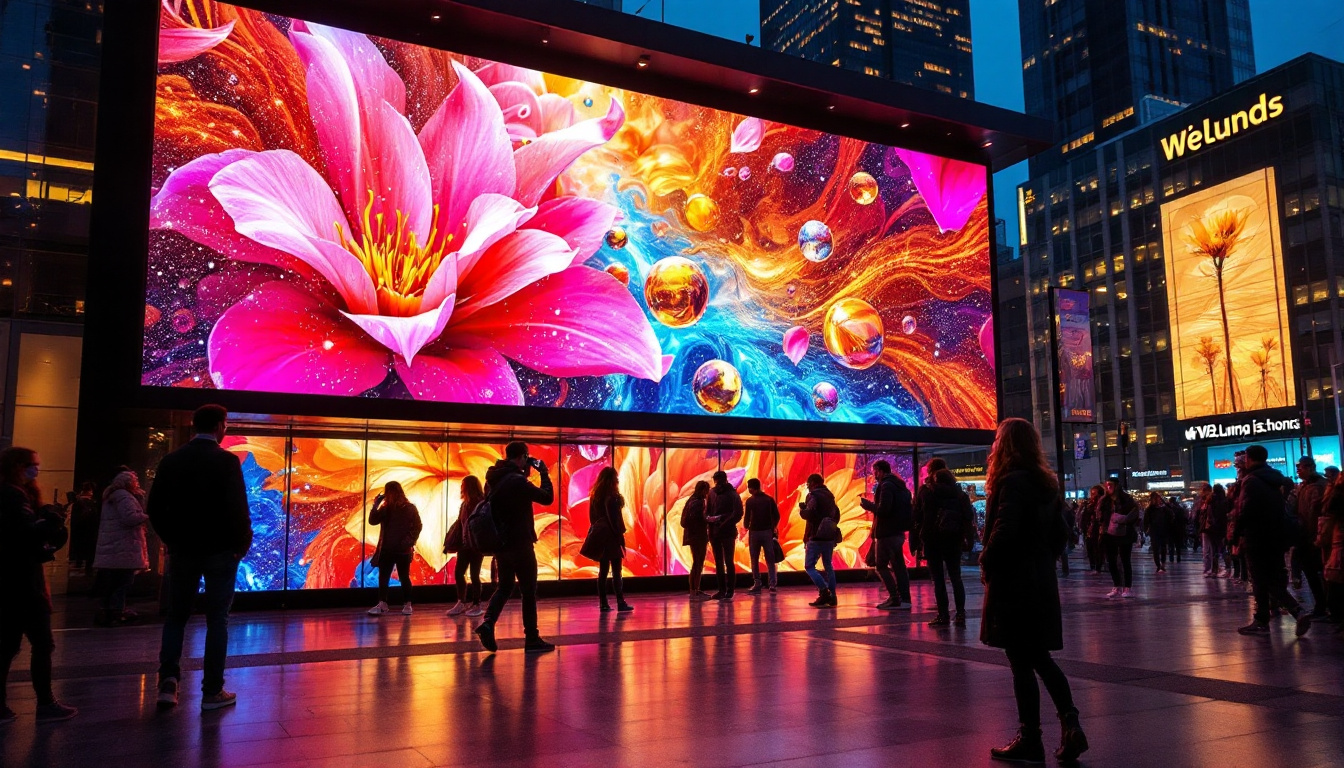The Oregon Contractor Board (OCB) plays a crucial role in regulating the construction industry within the state. Among its various functions, the OCB oversees the licensing of contractors, ensuring compliance with state laws, and protecting the interests of consumers. One of the more modern aspects of their operations includes the use of LED displays for communication and information dissemination. This article delves into the significance of LED displays in the context of the Oregon Contractor Board, exploring their benefits, applications, and the technology behind them.
Understanding the Role of the Oregon Contractor Board
The Oregon Contractor Board is a regulatory body established to maintain standards within the construction industry. It is responsible for licensing contractors, investigating complaints, and enforcing regulations that protect consumers. By ensuring that contractors meet specific qualifications and adhere to safety and quality standards, the OCB plays a vital role in fostering a reliable and trustworthy construction environment. This oversight not only benefits consumers but also elevates the professional standards of contractors throughout the state, promoting a culture of excellence and integrity in construction practices.
Licensing and Regulation
Licensing is one of the primary functions of the OCB. Contractors must meet specific criteria, including education, experience, and examination requirements, to obtain a license. This process not only helps to ensure that contractors are qualified but also serves to protect consumers from potential fraud or substandard work. The OCB regularly reviews and updates its licensing requirements to reflect changes in the industry and to enhance consumer protection. Additionally, the board provides resources and training programs to help contractors stay informed about the latest regulations and best practices, ensuring that they are equipped to meet the evolving demands of the construction landscape.
Consumer Protection
Consumer protection is at the heart of the OCB’s mission. The board investigates complaints against licensed contractors and takes appropriate actions to resolve disputes. This could involve mediation, disciplinary actions, or even revocation of a contractor’s license in severe cases. By providing a platform for consumers to voice their concerns, the OCB helps maintain a level of accountability within the industry. Furthermore, the board actively engages in outreach efforts to educate consumers about their rights and responsibilities when hiring contractors. This includes providing guidance on how to select a reputable contractor, understanding contracts, and recognizing warning signs of potential issues, thereby empowering consumers to make informed decisions and fostering a safer construction environment for all involved.
The Emergence of LED Displays
In recent years, LED displays have become increasingly popular across various sectors, including construction. These displays offer a dynamic way to convey information, engage audiences, and enhance visibility. For the Oregon Contractor Board, LED displays represent a modern approach to communication and outreach.
What are LED Displays?
LED (Light Emitting Diode) displays are electronic screens that utilize LED technology to produce images and videos. They are known for their bright colors, high resolution, and energy efficiency. LED displays can be used for various purposes, including advertising, information sharing, and public announcements. Their versatility makes them an ideal choice for organizations looking to enhance their communication strategies.
Benefits of LED Displays for the OCB
The integration of LED displays within the operations of the Oregon Contractor Board offers numerous benefits. Firstly, they provide a visually appealing way to communicate important information to the public. Whether it’s updates about licensing requirements, upcoming events, or consumer protection tips, LED displays can capture attention and convey messages effectively.
Secondly, LED displays can be updated in real-time, allowing the OCB to share timely information. This flexibility ensures that the public is always informed about the latest developments in the construction industry, enhancing transparency and trust.
Moreover, LED displays can significantly improve audience engagement. By incorporating eye-catching graphics and animations, the OCB can create a more interactive experience for viewers. This not only helps in retaining attention but also encourages the public to seek more information about the services and resources available to them. Additionally, the ability to showcase testimonials or success stories from contractors can foster a sense of community and inspire confidence in the industry.
Another key advantage of LED displays is their cost-effectiveness over time. While the initial investment may be higher than traditional signage, the durability and low maintenance of LED technology can lead to substantial savings in the long run. With lower energy consumption and the ability to easily update content without needing to print new materials, the OCB can allocate resources more efficiently, ensuring that funds are directed towards other essential initiatives in the construction sector.
Applications of LED Displays in the Construction Industry
LED displays are not only beneficial for the Oregon Contractor Board but also have various applications within the broader construction industry. Their usage can significantly enhance communication and operational efficiency on construction sites.
Site Communication
On construction sites, clear communication is essential for safety and productivity. LED displays can be utilized to relay critical information such as safety protocols, project timelines, and daily updates. By providing real-time information, these displays help ensure that all workers are on the same page and can respond promptly to any changes or emergencies. Additionally, the use of LED displays can reduce the need for printed materials, which not only cuts down on paper waste but also ensures that the information is always up-to-date and easily accessible to everyone on site.
Public Engagement
For construction projects that impact local communities, engaging the public is vital. LED displays can be used to inform residents about ongoing projects, expected timelines, and any disruptions that may occur. This proactive approach helps to foster goodwill and transparency between contractors and the communities they serve. Moreover, these displays can showcase project milestones and achievements, allowing the public to see the progress being made and the benefits that the completed project will bring to the area. By incorporating visuals and dynamic content, LED displays can capture attention and generate excitement about the project, encouraging community support and involvement.
Training and Safety Demonstrations
Another significant application of LED displays in the construction industry is for training and safety demonstrations. These displays can be utilized to present instructional videos, safety demonstrations, and best practice guidelines to workers. By using engaging visuals and real-life scenarios, training sessions become more effective, ensuring that workers retain crucial safety information. Furthermore, LED displays can serve as a reminder of safety protocols throughout the day, reinforcing a culture of safety on the job site. This continuous visual presence helps to minimize accidents and promotes a safer working environment for everyone involved.
Project Visualization
LED displays can also play a crucial role in project visualization, allowing stakeholders to see the proposed design and layout before construction begins. By showcasing 3D renderings or animations of the project, these displays provide a clearer understanding of the finished product, making it easier for clients and community members to visualize the end result. This not only aids in decision-making but also helps in securing necessary approvals and permits by providing a transparent view of the project’s scope and impact. Additionally, during public meetings, these visuals can facilitate discussions and gather feedback, ensuring that all voices are heard and considered in the planning process.
Technology Behind LED Displays
The technology that powers LED displays is continually evolving, making them more efficient and effective. Understanding the underlying technology can provide insights into their functionality and advantages.
Components of LED Displays
LED displays consist of several key components, including the LED modules, control systems, and power supplies. The LED modules contain the individual diodes that produce light, while the control systems manage the content displayed on the screen. Power supplies ensure that the display operates efficiently and reliably.
Advancements in LED Technology
Recent advancements in LED technology have led to improvements in brightness, color accuracy, and energy efficiency. Modern LED displays can produce vibrant colors and high-resolution images, making them suitable for various applications. Additionally, energy-efficient designs reduce operational costs, making them a sustainable choice for organizations.
Challenges and Considerations
While LED displays offer numerous advantages, there are also challenges and considerations that organizations must address when implementing this technology. Understanding these factors is essential for maximizing the benefits of LED displays.
Cost Implications
The initial investment in LED display technology can be significant. Organizations must consider the costs associated with purchasing, installing, and maintaining these displays. However, many find that the long-term benefits, including increased visibility and improved communication, outweigh the initial expenses.
Content Management
Effective content management is crucial for maximizing the impact of LED displays. Organizations must develop a strategy for creating and updating content regularly to keep it relevant and engaging. This may involve design considerations, scheduling updates, and ensuring that the information displayed is accurate and timely.
The Future of LED Displays in the Construction Industry
The future of LED displays in the construction industry looks promising. As technology continues to advance, the potential applications and benefits of LED displays are likely to expand further.
Integration with Smart Technologies
One exciting trend is the integration of LED displays with smart technologies. This could include connecting displays to project management software, allowing for real-time updates based on project progress. Such integration could enhance communication and efficiency on construction sites.
Enhanced Interactivity
Future LED displays may also feature enhanced interactivity, allowing users to engage with the content more dynamically. Touchscreen capabilities or integration with mobile devices could provide opportunities for more personalized communication and information sharing.
Conclusion
The Oregon Contractor Board’s adoption of LED displays represents a forward-thinking approach to communication within the construction industry. By leveraging this technology, the OCB can enhance public engagement, improve consumer protection, and streamline operations. As the construction industry continues to evolve, the role of LED displays is likely to become even more significant, paving the way for a more informed and connected community.
In summary, LED displays offer a multitude of benefits, from real-time information sharing to increased visibility. While there are challenges to consider, the potential for improved communication and engagement makes them a valuable asset for the Oregon Contractor Board and the construction industry as a whole. As technology advances, the possibilities for LED displays will continue to expand, shaping the future of construction communication.
Illuminate Your Projects with LumenMatrix
As the construction industry embraces the digital age, the power of LED displays in enhancing communication and engagement cannot be overstated. LumenMatrix stands at the forefront of this technological revolution, offering an array of LED display solutions tailored to meet the dynamic needs of modern construction and visual communication. From Indoor and Outdoor LED Wall Displays to innovative LED Sports and Floor Displays, LumenMatrix is committed to revolutionizing how businesses connect with their audience. Check out LumenMatrix LED Display Solutions today and take the first step towards transforming your visual engagement strategy.

